Apple has made great contributions both to itself and to the industry in its journey that started in 2007. So, which iPhones appeared on this long journey, how did the phones change from design to technical features?
Even if you don’t like it as much as you love it, Apple’s iPhones We cannot deny the importance of the path it has opened in the smartphone industry. Offering a completely different perspective to the industry from day one, especially in terms of design, Apple continues to see the rewards of its success.
The first iPhone, which appeared with a 2 MP camera and a maximum storage option of 16 GB, left its place to the iPhone with 1 TB storage and 12 + 12 + 12 MP camera in the intervening 14 years. Of course, this development is not just Apple’s success, and the entire smartphone industry continues to develop with incredible momentum. So how did this development change iPhones? Come together from 2007 to 2021 Let’s take a look at all the iPhones we’ve come across.
Apple reinvents the phone: iPhone, January 9, 2007
When Steve Jobs introduced the first iPhone with the ambitious slogan “Apple is reinventing the phone”, calendars were showing January 9, 2007. The iPhone, which left mouths with its 3.5-inch ‘big’ screen at that time, when phones with buttons and usually ‘small’ screens ruled, offered a resolution of 320×480 and A 2MP camera there was. The phone went on sale in June of the same year.
RELATED NEWS
9 Features of the First iPhone That Sound Like a Joke Today
Good luck with AppStore and 3G support: iPhone 3G, 9 June 2008
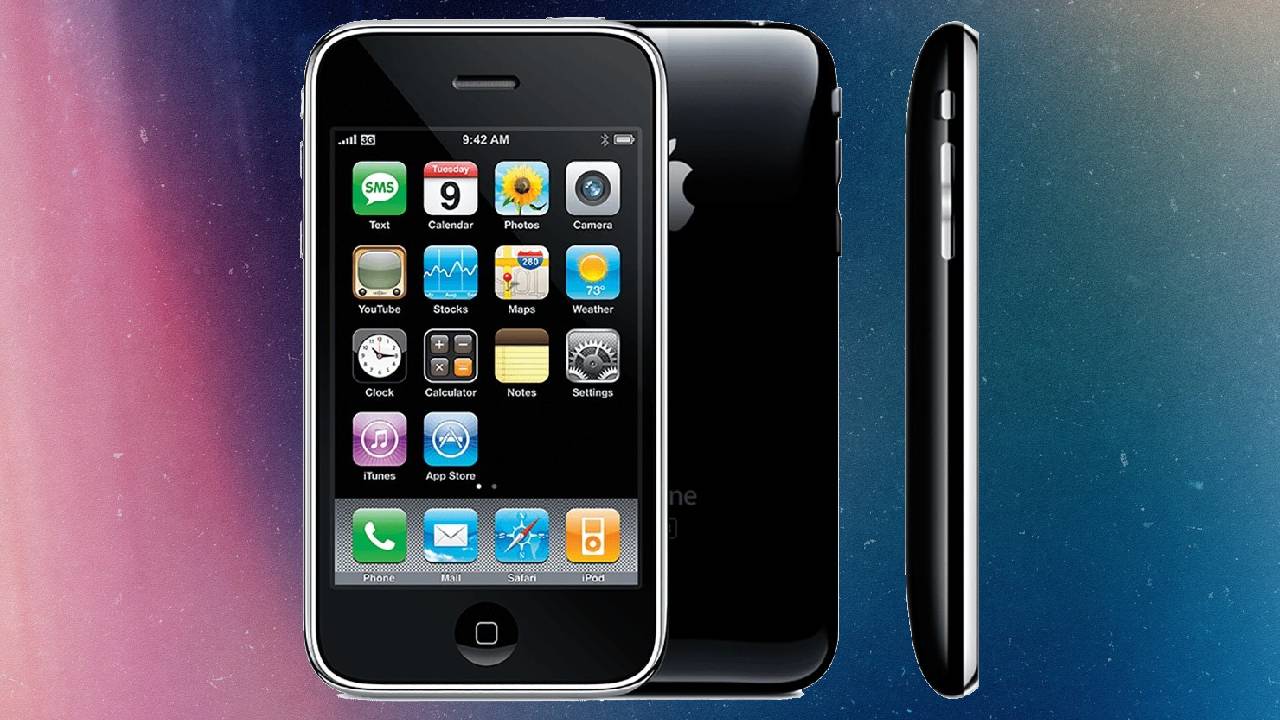
Apple’s second iPhone, the iPhone 3G, came a year after the first iPhone. This calendar became Apple’s tradition for years to come. Each iPhone came one year after the other, although there were minor date changes in between. One of the most important innovations that Apple introduced with the iPhone 3G at that time The only feature that lags behind its competitors It was to increase the 2G support, which we can say, to 3G. In addition, a store called the App Store, where we can download applications to iPhones, was also introduced.
We started shooting video, storage increased: iPhone 3GS, June 8, 2009

In 2009, Apple preferred to offer some feature improvements with its third iPhone, the iPhone 3GS, rather than a change in design. This new iPhone, which looks exactly the same as the previous iPhone, met our need for more space after the App Store came into our lives. Added 36GB to storage options.
In addition, another innovation brought by the iPhone 3GS is the update of the camera as 3 MP and video recording feature was added. The iPhone 3GS was the first iPhone to feature voice control. But of course, there was no sign of Siri yet at that time.
A brand new design, front camera, retina display: iPhone 4, 7 June 2010
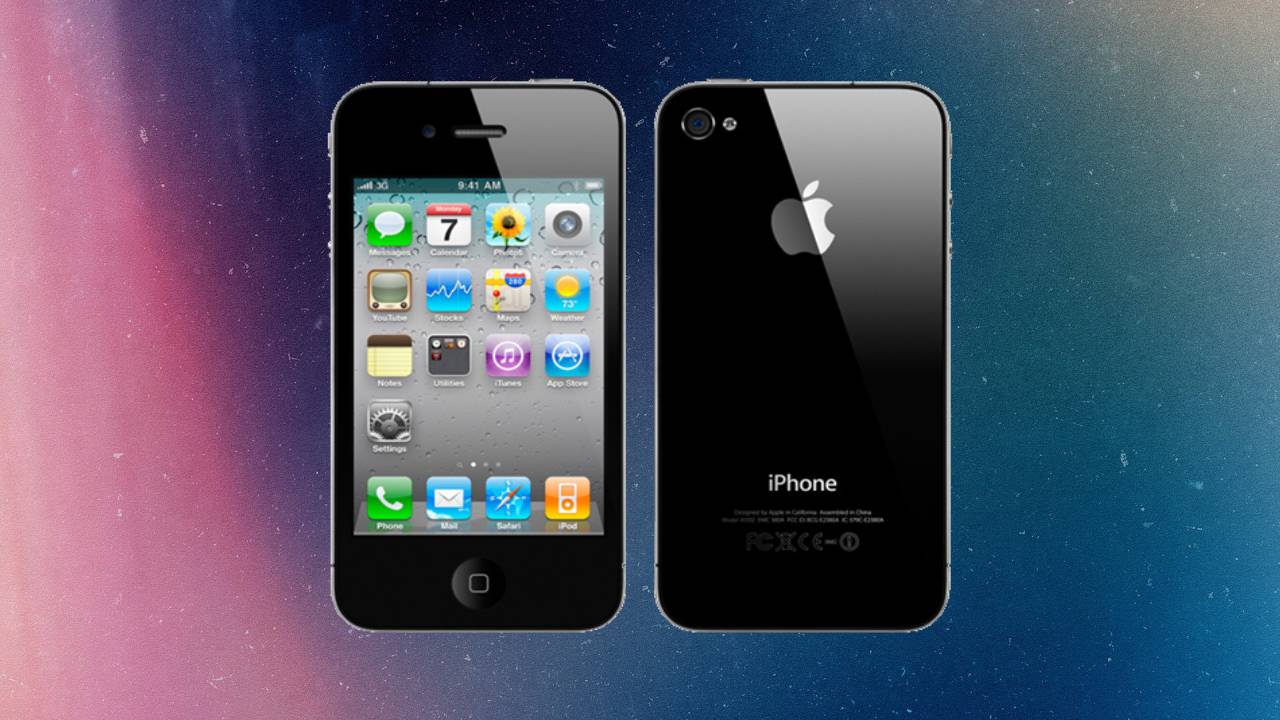
When we came to 2010, we met an iPhone with a major innovation in design this time. Angular design line, With its retina display and front camera, iPhone 4 was one of the best examples of Apple’s innovative design approach.
Siri, welcome: iPhone 4S, October 4, 2011
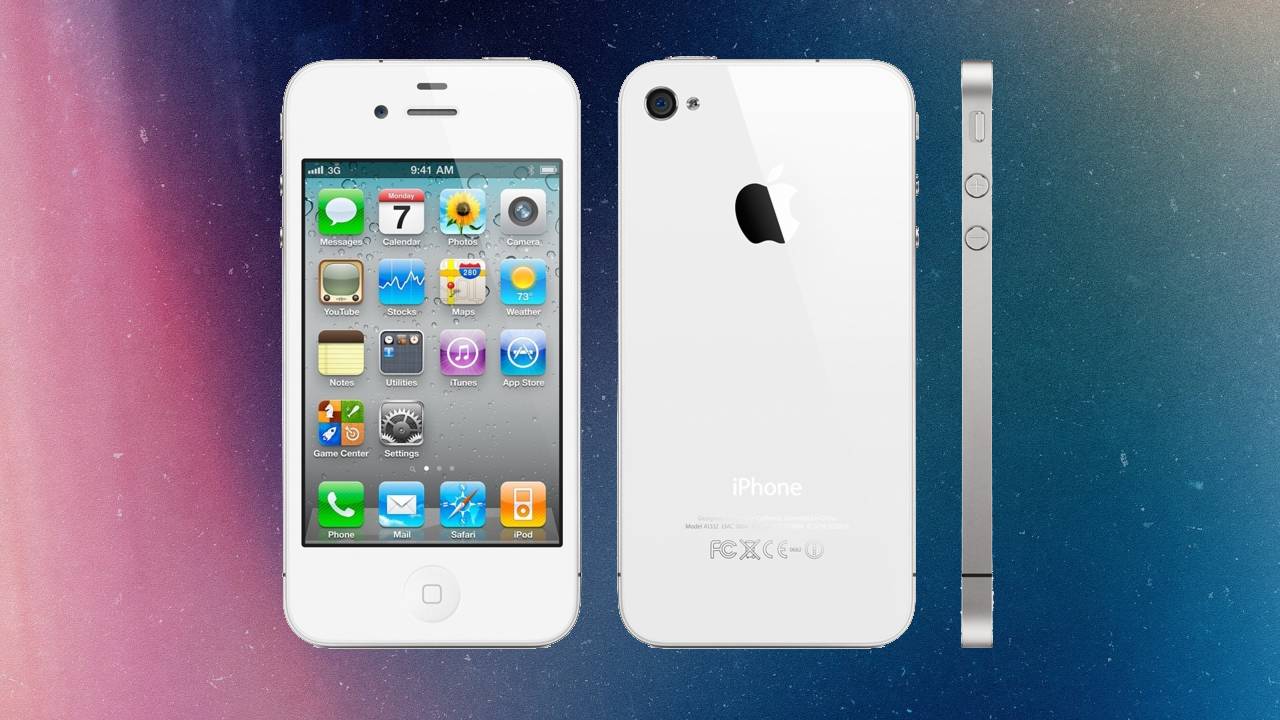
A year later, Apple introduced its new iPhone. Although the iPhone 4S is similar to the iPhone 4 in many ways, its camera is now It was 8 MP not 5 MP. But the biggest difference that separates it from the iPhone 4 is that it has included the voice assistant Siri in our lives.
In addition, Apple, together with the iPhone 4S, increased the number of sales in the first week, which was 1 million until that date. to 4 million broke its own record, iPhones began to spread to a much wider audience.
Bigger screen finally, faster internet with LTE: iPhone 5, September 12, 2012
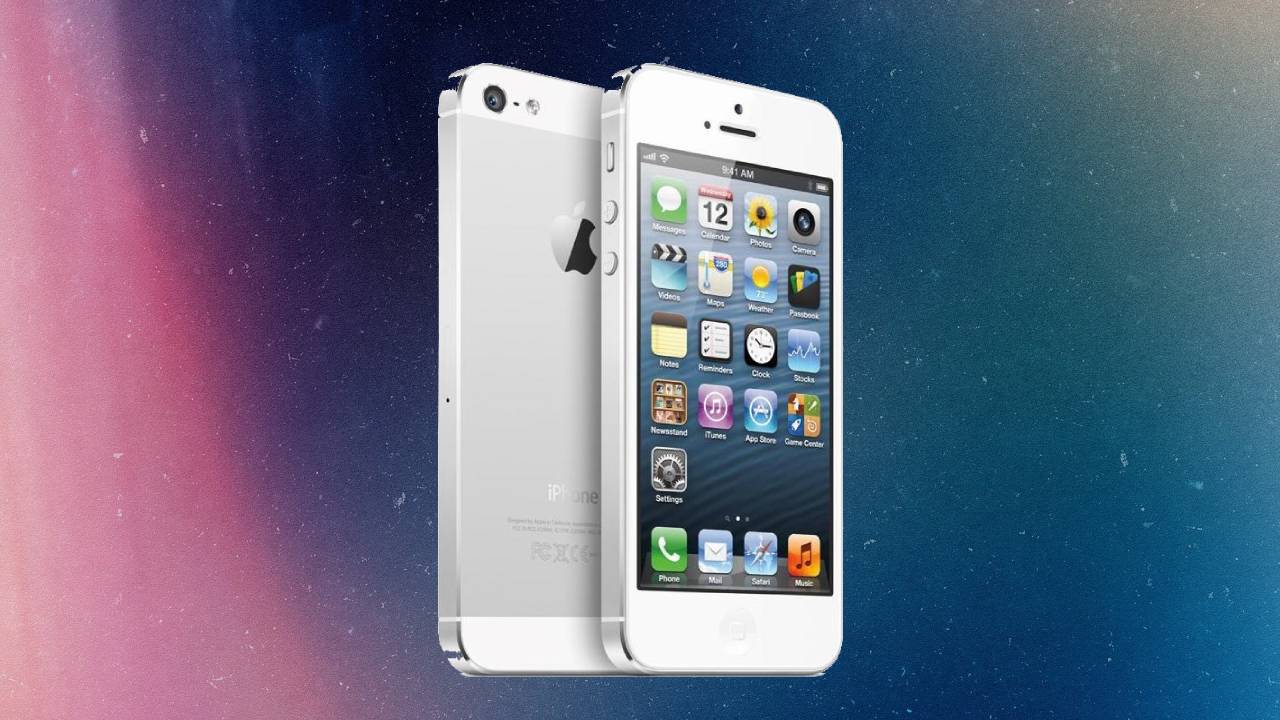
All the iPhone models we have mentioned so far have come up with a 3.5-inch screen. Apple’s first step towards a larger screen took place with the iPhone 5. iPhone 5, With a 4 inch screen came. Also, this new iPhone was the first iPhone with LTE support which means much faster internet connection. The design has also changed, and the size of the phone has grown a little more with the screen.
Two phones started to arrive in a year: iPhone 5S and 5C, September 10, 2013

Apple came up with an iPhone for 5 years. However, in 2013, a first occurred. apple two iPhone models at once introduced. The iPhone 5C, which appeared for the first time with a wide variety of colors, and the iPhone 5S, which introduced Touch ID into our lives, were introduced together on September 10. The iPhone 5C comes as an ‘affordable alternative’ with its plastic back and colorful options, while the iPhone 5S comes with slow motion video and new M7 motion processor outperformed the features of the previous model. Both phones together sold 9 million copies in the first week.
Rounded lines in design again: iPhone 6 and 6 Plus, September 9, 2014
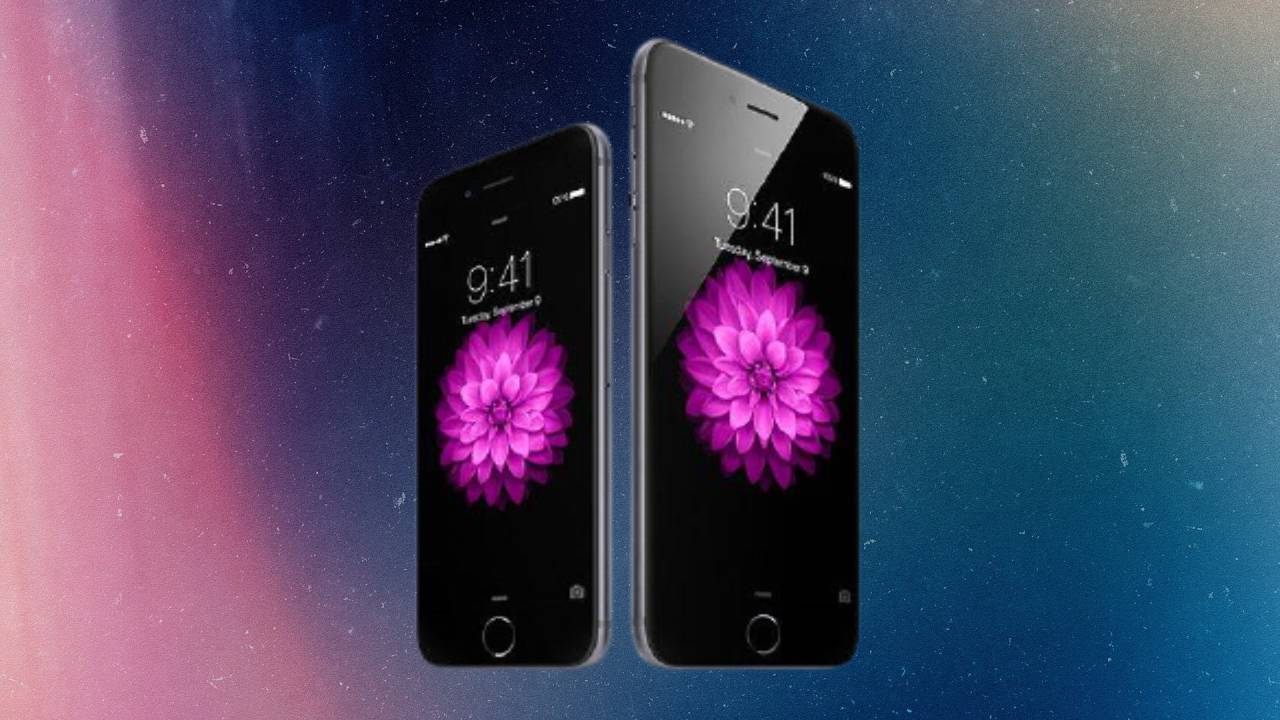
Apple changed the design again with the iPhone 6 and 6 Plus. Increasing both the size and the screen, Apple received a lot of criticism with the iPhone 6. However, over the years, large-screen ‘huge’ phones has become a part of our lives.
While the iPhone 6 and 6 Plus had a big change with their 4.7 and 5.5 inch screens, the phones had almost the same features except for their size. Also with the iPhone 6, the retina display became HD. However, the iPhone 6 series was not only criticized for its large size. on the phones ‘warping, bending’ problemsAt that time, Apple gave a lot of headaches.
Let’s keep the design the same, let’s increase the features a little: iPhone 6S and 6S Plus, September 9, 2015

After the misfortunes of the iPhone 6, Apple almost ‘We could have done better’ added two new members to the iPhone 6 family. Developing the phones with 7000 series aluminum to solve the bending problem, Apple has updated the 8 MP camera to 12 MP. In addition to the camera improvement, the processor of the phone has also been strengthened, from 1 GB to 2 GB. Apple also introduced the 3D Touch feature with the iPhone 6S and 6S Plus.
An affordable hybrid intermediate model: iPhone SE, March 24, 2016
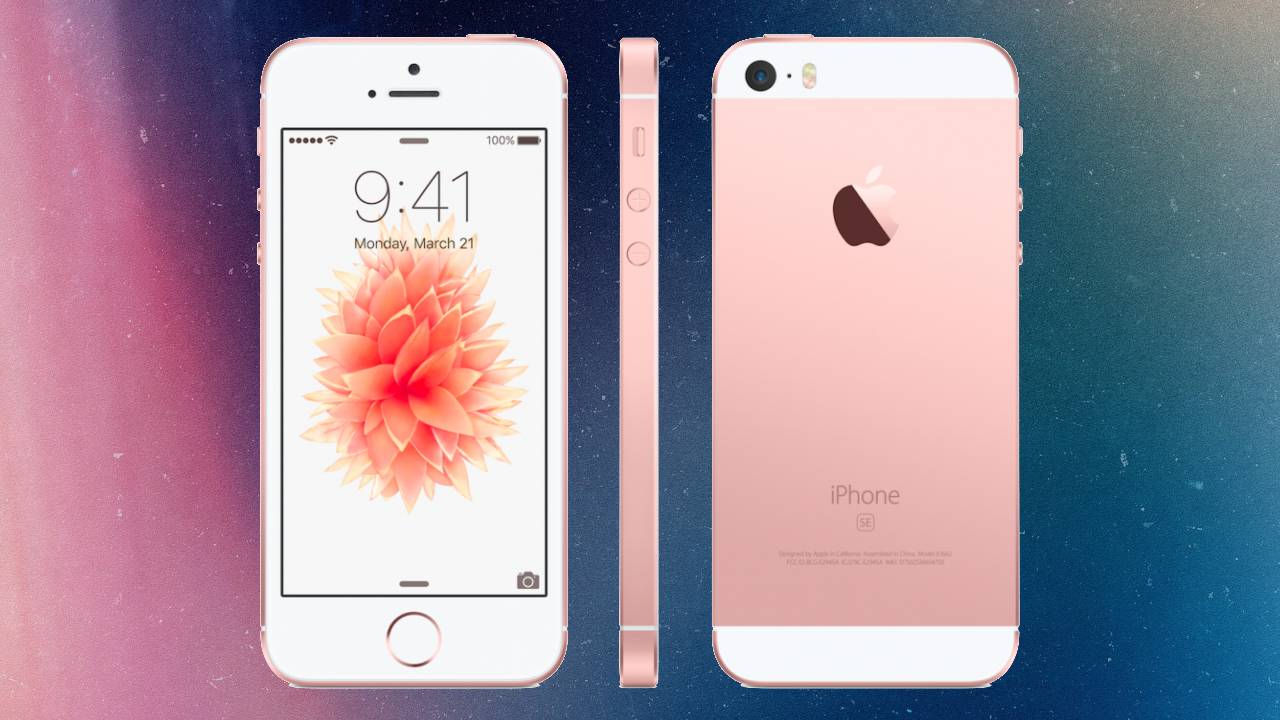
Apple launched an ‘intermediate model’ for the first time in early 2017. Looking back at the design Bearing the traces of the iPhone 5 series, but also appearing to belong to the iPhone 6 family. this model became the iPhone SE. Introduced as an affordable alternative, the iPhone SE was a model without some features such as 3D Touch, but basically carrying the features of the iPhone 6 family.
Say goodbye to the headphone jack: iPhone 7 and 7 Plus, September 7, 2016

Although Apple did not make major changes in terms of design with the iPhone 7 and 7 Plus, it offered some new features. The first of these is not very satisfying to users. lack of headphone jack was a feature. This has been discussed for a long time. However, Apple was still generous at that time and took the apparatus to turn the headphone jack out of the box.
Another innovation with the 7 and 7 Plus is on an iPhone for the first time. dual main camera we have seen. of iPhone 7 12 MP In addition to its single camera, the iPhone 7 Plus came with a 12 + 12 MP camera setup. The acceleration of the camera frenzy on phones started with these steps of the competitors.
The camera has improved further, wireless charging has arrived: iPhone 8 and 8 Plus, September 12, 2017
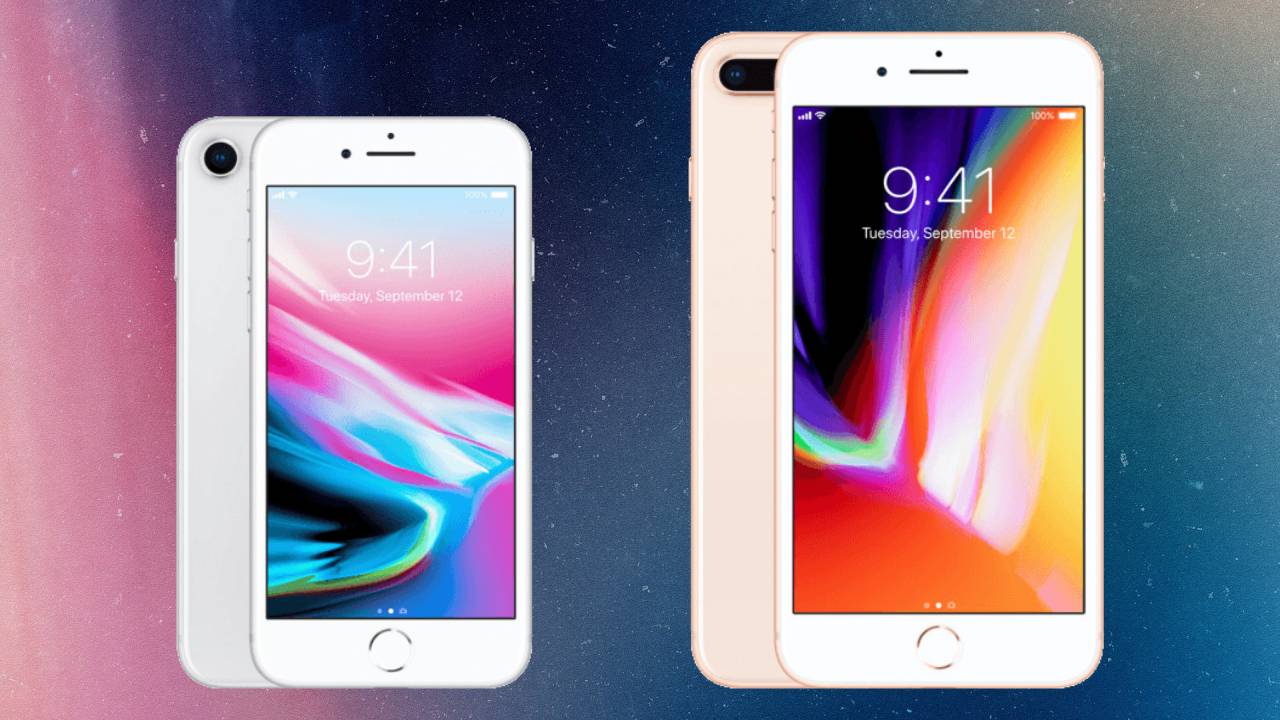
The two models that Apple introduced in 2017 were the iPhone 8 and 8 Plus. With these two models wireless charging In order to do this, Apple gave up aluminum and started using glass on the back.
The most prominent issue of the iPhone 8 family was the camera. Although, at that time, the camera was almost ‘everything’ for all smartphone manufacturers, and Apple adapted to this trend. Apple with the iPhone 8 family AI powered camera It strengthened its features and introduced the portrait mode, which is the main material of its ads.
Center button gone, bezel-less and notched display: iPhone X, September 12, 2017
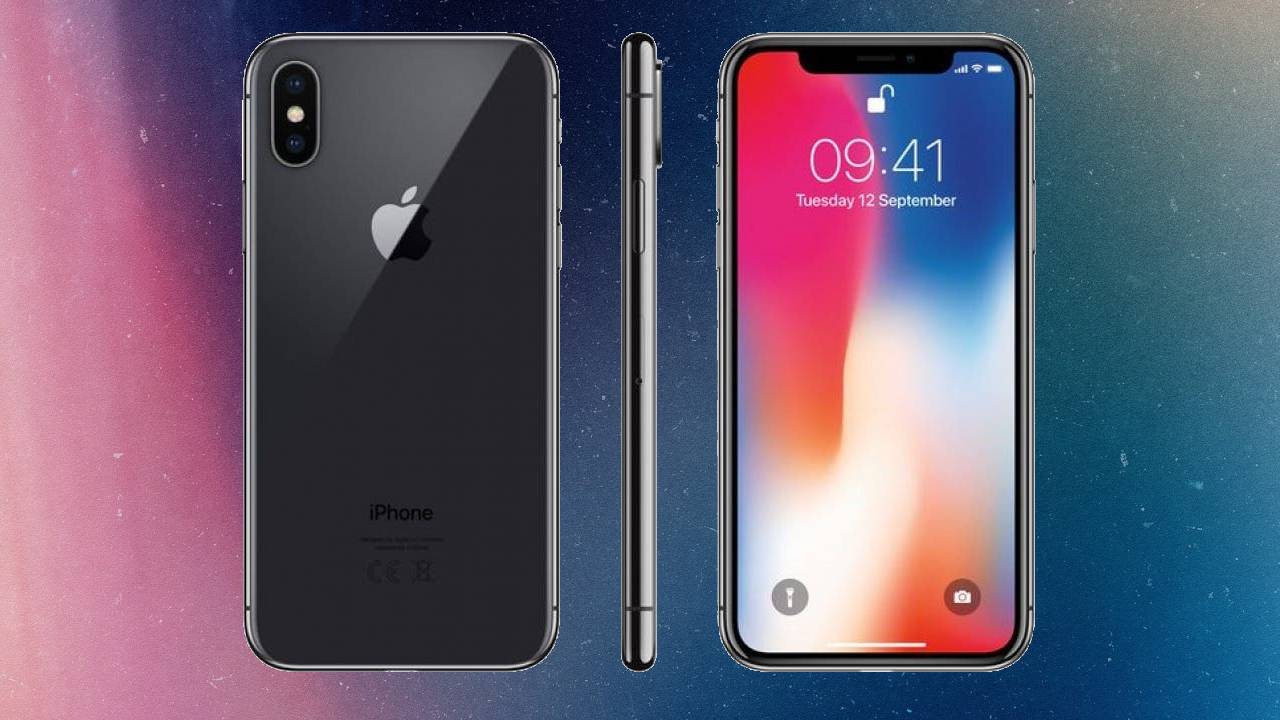
Apple with iPhone 8 and 8 Plus 10th anniversary special model introduced the iPhone X. With the iPhone X, which offers innovations that we have not encountered in years in terms of design, Apple has switched to the notched screen. In addition, the middle button, which has been on every Apple phone for 10 years, was no longer there. One of the most important innovations that entered our lives with the iPhone X was Face ID.
Two more powerful new models and one more ‘affordable’ option: iPhone Xs, Xs Max and iPhone XR, 12 September 2018

When the calendars showed 2018, Apple skipped the iPhone 9 and came up with the iPhone Xs and Xs Max models. both models a more powerful iPhone X While the iPhone XR, which was introduced with these two models, has different color options and was introduced as a ‘more affordable alternative’.
Selfies with portrait mode, a larger screen and the A12 bionic chip, the series talked about in general, models with high performance appeared as.
Second attack on camera: iPhone 11, 11 Pro and 11 Pro Max, September 10, 2019
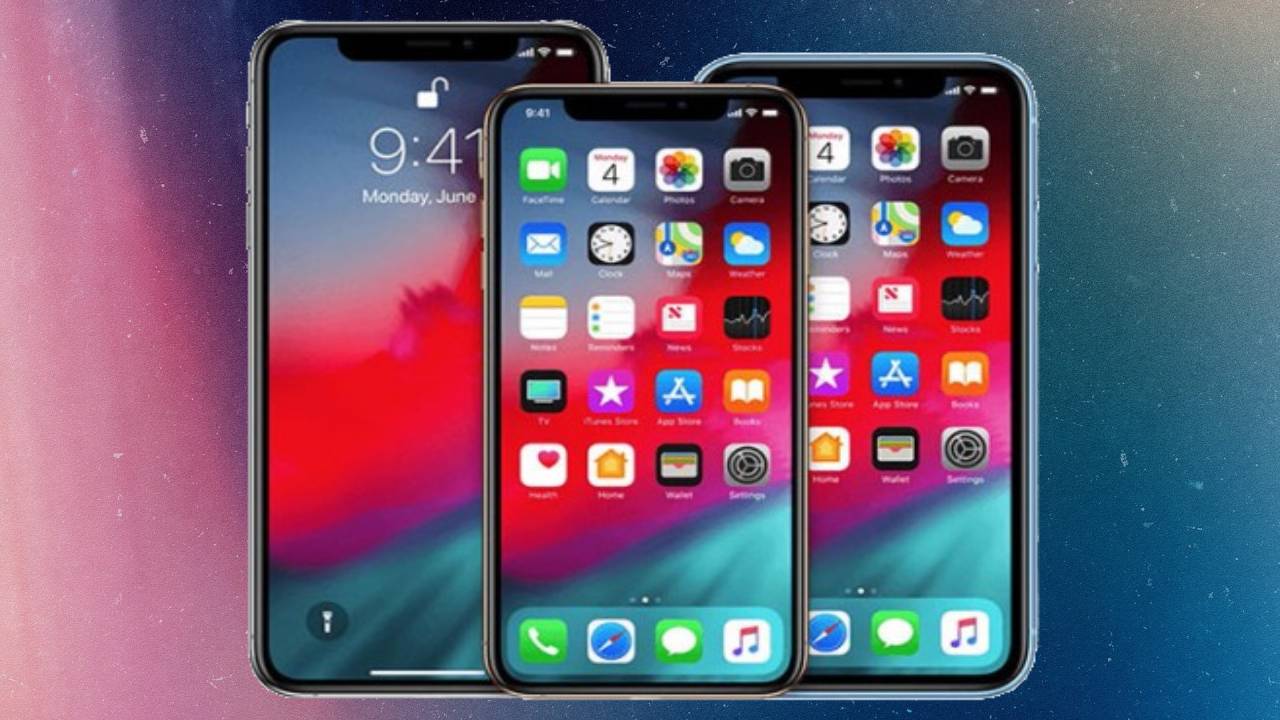
2019 was the year Apple increased the number of rear cameras to three. The iPhone 11 comes with 2 main cameras on the back, while the iPhone 11 Pro and Pro Max have three 12MP HDR camera it came with While the iPhone 11 had color options such as lilac, yellow, and red, the Pro and Pro Max models came in more ‘standard’ colors. Apple is also launching the 11 Pro and Pro Max. Super Retina XDR display It was the most successful on-screen performance ever.
For those who want a smaller iPhone: Second Generation iPhone SE, April 15, 20020
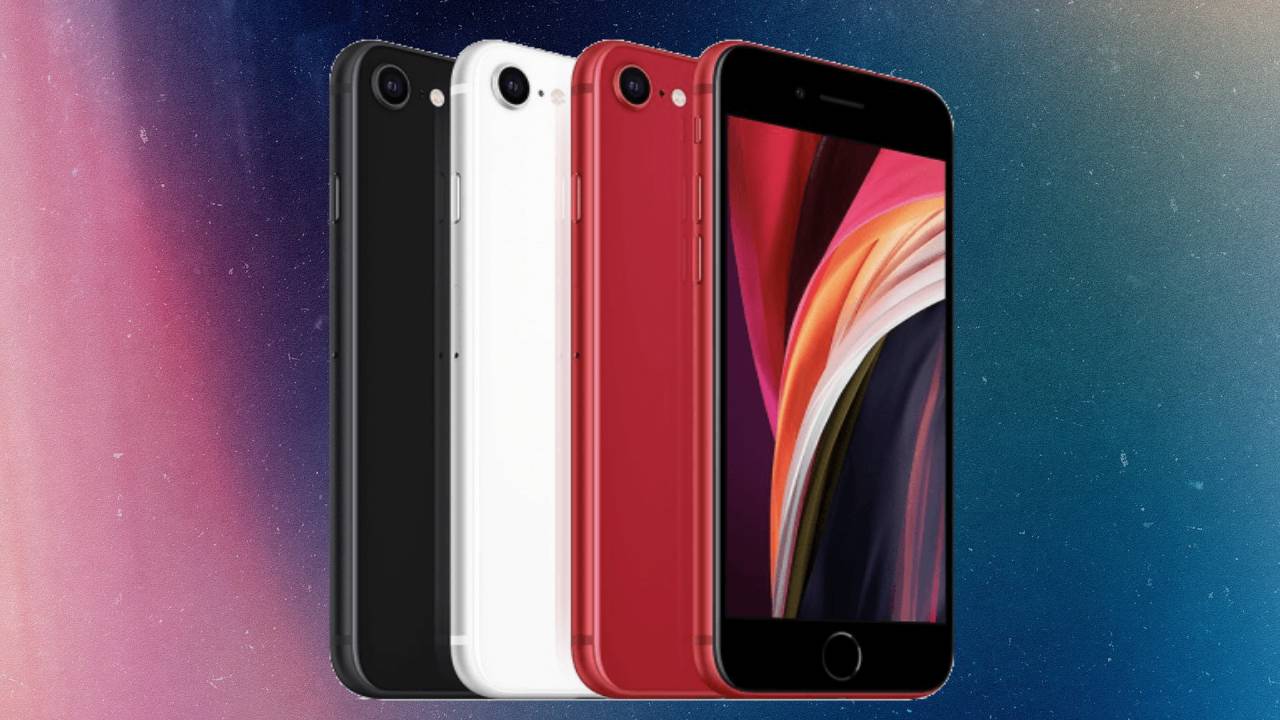
From Apple’s growing screens and relatively from his designs that started to become ‘vulgar’ iPhone SE, which is offered to dissatisfied customers, reappeared as a new intermediate model in 2020.
Traveling to the past in screen design and camera, iPhone SE attracted attention despite everything because it was also more affordable.
4 models, because why not: iPhone 12 mini, 12, 12 Pro and 12 Pro Max, 13 October 2020
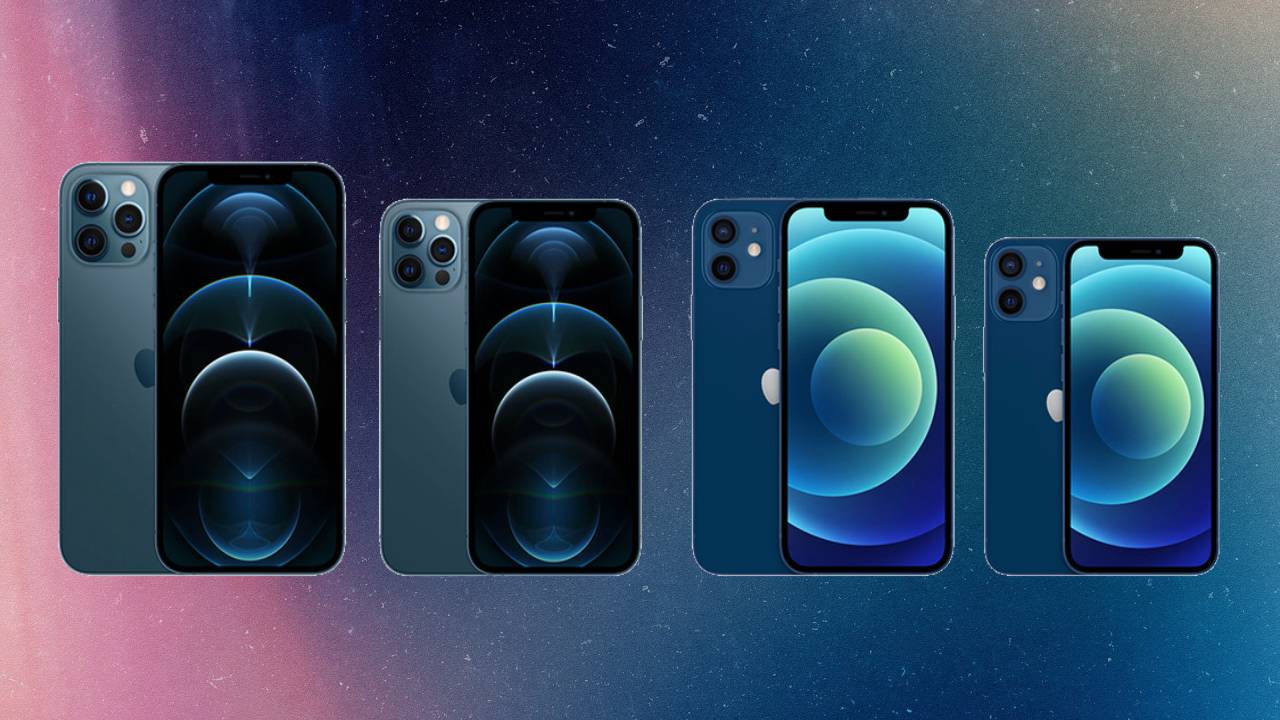
Although there was some delay due to the pandemic last year, Apple came up with the most crowded iPhone family. Although the new iPhone 12 family does not bring big changes in design, it is included in the two models. LIDAR sensor, being the first iPhone family with 5G support Details such as its feature were enough for the series to be mentioned a lot.
Almost identical design, thankfully 120 Hz refresh on both models: iPhone 13 mini, 13, 13 Pro and 13 Pro Max, 14 September 2021

Apple introduced the last iPhone family, which it presented to our liking this year, as four separate members. The biggest innovation with this family is 1TB storage option it happened. However, this feature is not available on all models. In addition, it is seen as a point that has been eagerly awaited for years and generally ‘behind its competitors’. 120Hz refresh rate It has finally arrived on the iPhone. However, the 120 Hz refresh rate is also not available for the entire iPhone 13 family.
In addition to these, Apple has placed its biggest claim on the A15 bionic chipset, as it does every year in the iPhone 13 family. Thus, iPhones were 50 percent faster than their competitors.
You can click here to take a look at all the features and prices of the iPhone 13 family.
